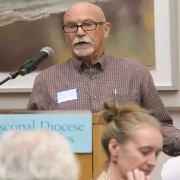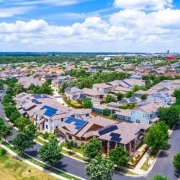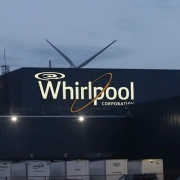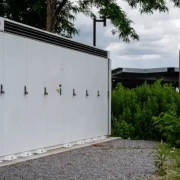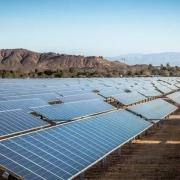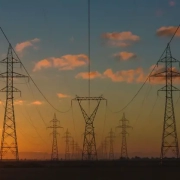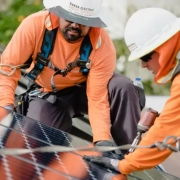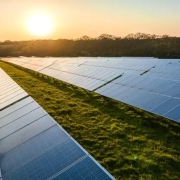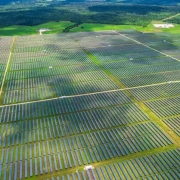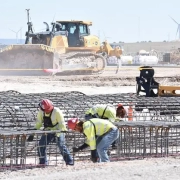When completed, the approximately 60- x 30-foot steel pergola at All Saints Church in Riverside, California, will resemble a shade structure or patio cover. It will shield church members from the sun’s rays while solar panels on top collect power from those rays, leading to elimination of the parish’s monthly electric bill and possibly even turning a profit.
“We have this list of things we think God is calling us to do … just looking at all the different ways we can care for creation,” said the Rev. Kelli Grace Kurtz, rector of All Saints.
The church, a participant in the Dr. Lucy Jones Center for Science and Society program to increase post-disaster community resiliency in faith-based institutions, has been tackling that list in the interest of clean energy. Their efforts included removing an old gas stove in the kitchen, beginning a solar panel project and “a next big chapter would be installing electric vehicle charging stations and putting in LED lights,” Kurtz said.
Click here to read the full article
Source: Episcopal News Service
—
If you have any questions or thoughts about the topic, feel free to contact us here or leave a comment below.

